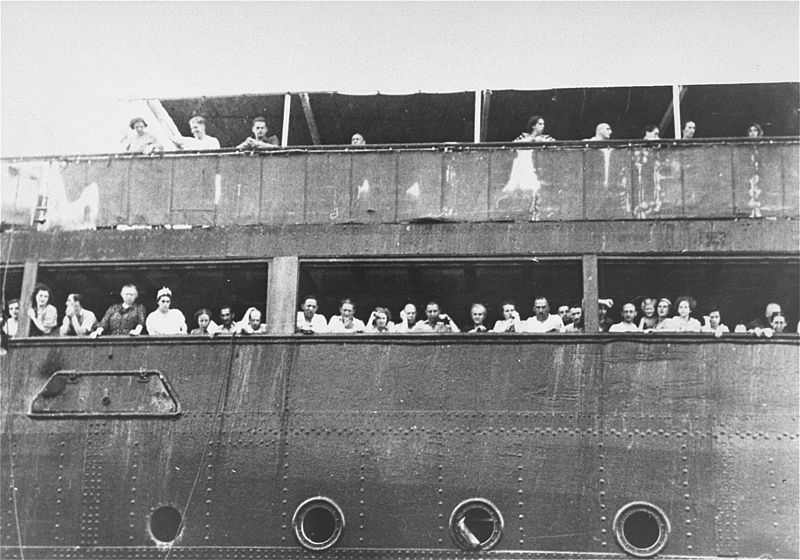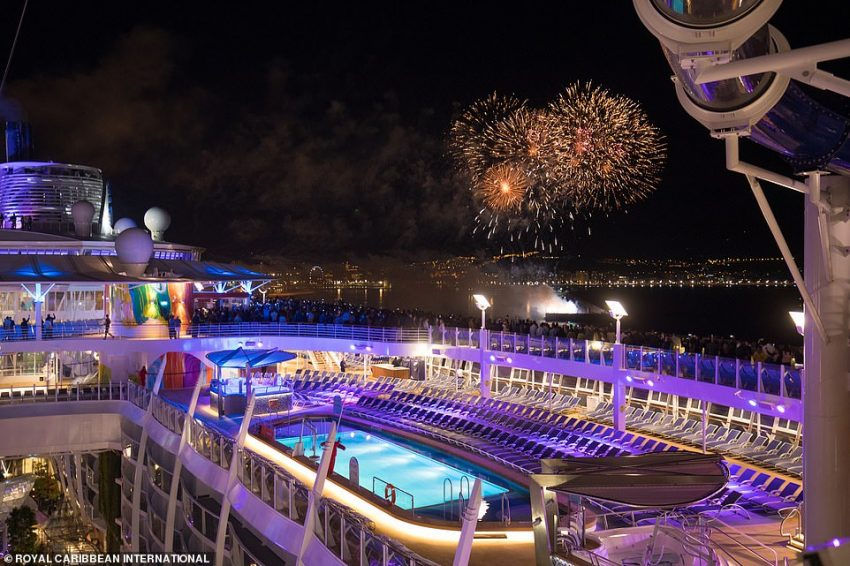How Travel Changed the Lives of Refugees on the SS St. Louis
- Reconnecting Roots

- Sep 11, 2020
- 4 min read

WRITTEN BY: Bella Coyne
Travel: it connects us to others and brings us to beautiful sites across the world. It allows us to try new foods and experience new cultures. It can be luxurious or budget, adventurous or relaxing. But travel isn’t always a pleasant experience. And no, I’m not talking about when you were stuck in the middle seat with a full bladder.
Throughout history, travel has been a means of seeking refuge. From 1607 onward, the United States has been a harbor for cultural growth and a hub for immigration. People have traveled thousands of miles—in hay-lined horse wagons, secret compartments in fishing boats, or—in the case of 1939’s St. Louis—luxurious ocean liners. Today, we’re going to explore the story of the SS St. Louis and discuss just how much its voyage differs from the cruise ships of today.
The setting was Germany, in the first half of 1939. Unrest was growing, as was the country’s blatant hatred towards people of the Jewish faith. Wealthy Jewish families were being “relocated” from their extravagant family homes to filthy ghettos on the edges of cities. For most, there seemed to be no way out. But for 937 lucky few who were able to secure landing permits in Cuba, the SS St. Louis sailed into Berlin with the promise of a better future for their families. The plan was to travel to Havana, Cuba, where the passengers would stay, as they prepared to continue on to Ellis Island.

The St. Louis was considered a massively impressive transatlantic liner. But just how impressive was she? Let’s take a look:
She measured 574 feet long (a bit longer than your average football field).
She weighed about 18,740 short tons (imagine, two Eiffel Towers).
She could carry a maximum of 973 passengers.
She could travel up to eighteen miles per hour.
The liner would take its refugees from Hamburg, Germany, to Havana, Cuba in exactly two weeks. Incredible, right?

Let’s quickly turn our attention forward 79 years. In 2018, the Royal Caribbean cruise line launched the amazing Symphony of the Seas. She was designed as the ultimate vacation ship, with 18 decks full of restaurants, shopping centers, teen clubs, and more. As of March of that year, she is considered the largest cruise ship in the world! But why? Let’s take a look at some facts:
She is 1,184 long (about three-and-a-half times as long as a football field).
She weighs about 255,451 short tons (about twenty times as heavy as The Eiffel Tower).
She can carry a maximum of 6,680 passengers.
She can travel up to twenty-five miles per hour.
As you can see from the facts above, the then-luxurious St. Louis was physically dwarfed by the Symphony of the Seas in every way! But what the St. Louis lacked in size, it made up for in emotional weight. The 1939 voyage was no joy-ride; though the ship was filled with champagne and chandeliers, those were frills that masked the fear and uncertainty of all on board. While our modern day-vacationers know exactly where they’re going and what they’re doing after they disembark Symphony, the travelers on the St. Louis had no such ideas. They were sailing at top-speed towards a brand-new future. Where the passengers on the ill-fated St. Louis were fleeing a tyrannical government, the passengers on the Symphony seem to be fleeing reality! Vacationers on Symphony of the Seas have access to excursions, water slides, and daycare. They even have a resident Broadway show: Hairspray!

Refugees on St. Louis had one swimming pool and a small cinema as far as entertainment went. One man, Georg Lenneberg, brought rollerskates on board, and his on-deck skating shows were the height of joy for the refugee children.

To board the St. Louis, the passengers were forced to buy separate tickets for each leg of the trip—tickets to Havana, and tickets back, though the passengers didn’t plan on returning. They all were required to obtain landing permits in Cuba. Most of them also carried United States visas. They were allowed only ten reichsmarks per person.
To board the Symphony of the Seas, all you need is a passport, your round-trip tickets, and a functioning immune system. You can bring as much money and as much luggage as you choose, and don’t have to purchase visas for the countries you travel to. And while the entertainment giant’s 2018 maiden voyage was smooth sailing (get it?), the 1939 vessel of refuge was not so lucky. No, they didn’t hit an iceberg, but they hit something worse: a government unwilling to accept the now-936 passengers.
When the St. Louis reached Havana on May 27th, the Cuban government refused entry to all but 28 passengers. After many days of negotiation, 908 heartbroken passengers (one elderly man died during the voyage) were sent back to Europe. A few countries agreed to take in Jews in exchange for a cash guarantee: 181 were taken in by Holland, 214 by Belgium, 224 by France, and 228 by Great Britain. The rest were forced to return to Germany—and in later years, historical documents would reveal that 254 of the original passengers were killed once World War Two broke out.
The story of the St. Louis is just one example of how travel changes the course of our lives. Though, tragically, many died after being refused entry to Cuba, countless lives were saved when they were taken in by Holland, Belgium, France, and Great Britain. Who knows how many would have been lost, had they not been given the opportunity to leave Germany?
There are many more fascinating stories of life-changing travel in history. Don’t forget to catch Season 2 of Reconnecting Roots to learn the stories of our past that shaped the course of our future! Tune into your local station, or stream for free, anytime, anywhere, from https://www.pbs.org/show/reconnecting-roots/.







留言